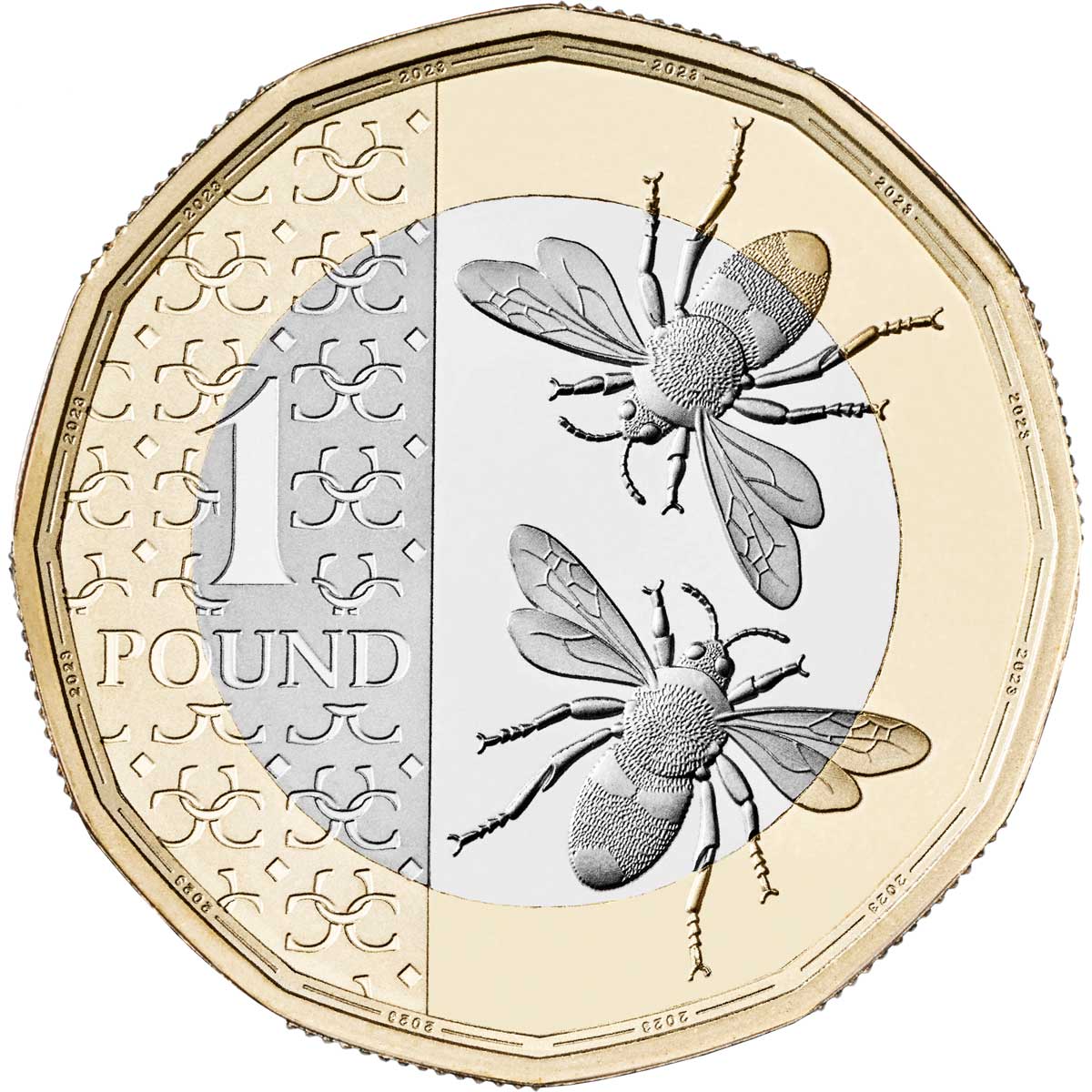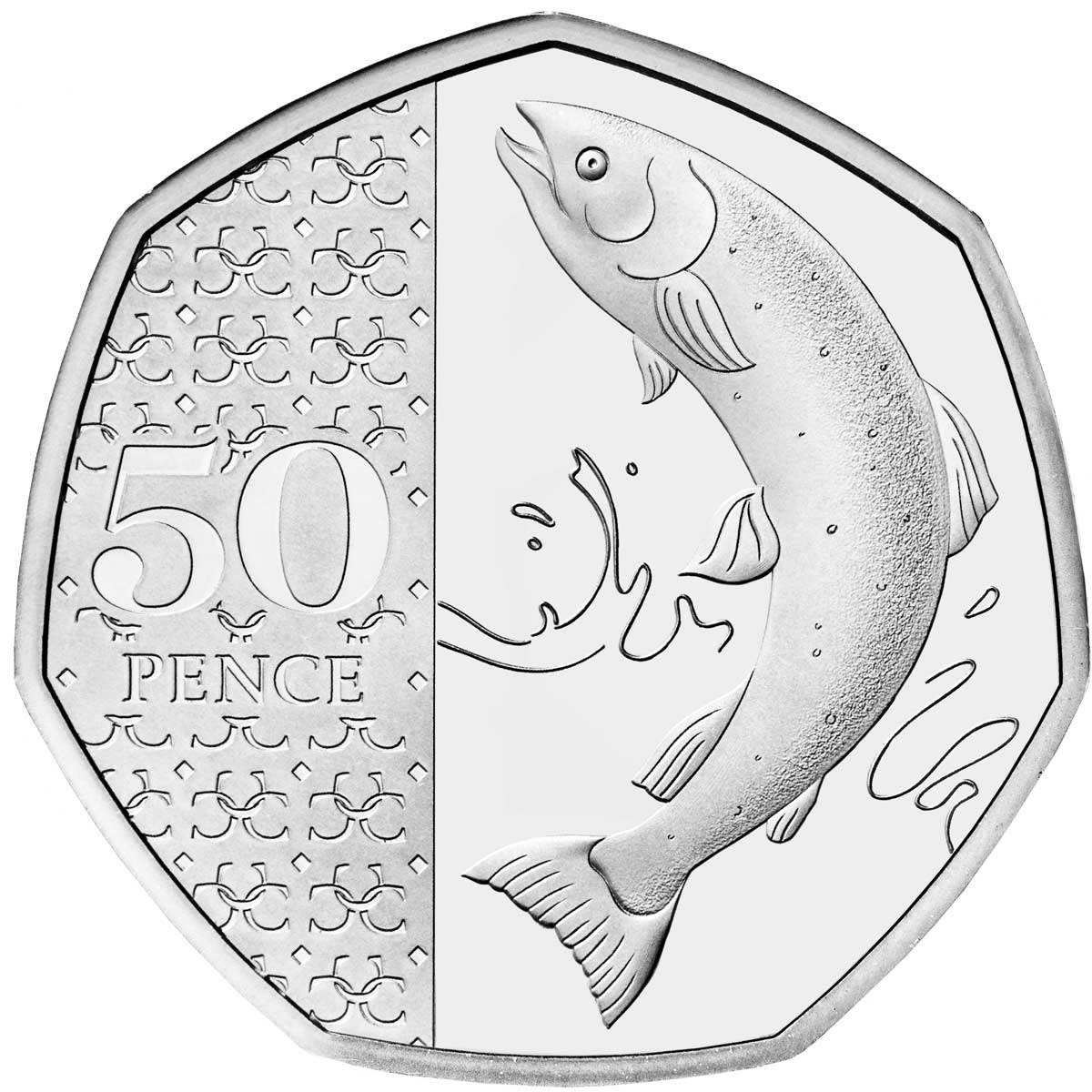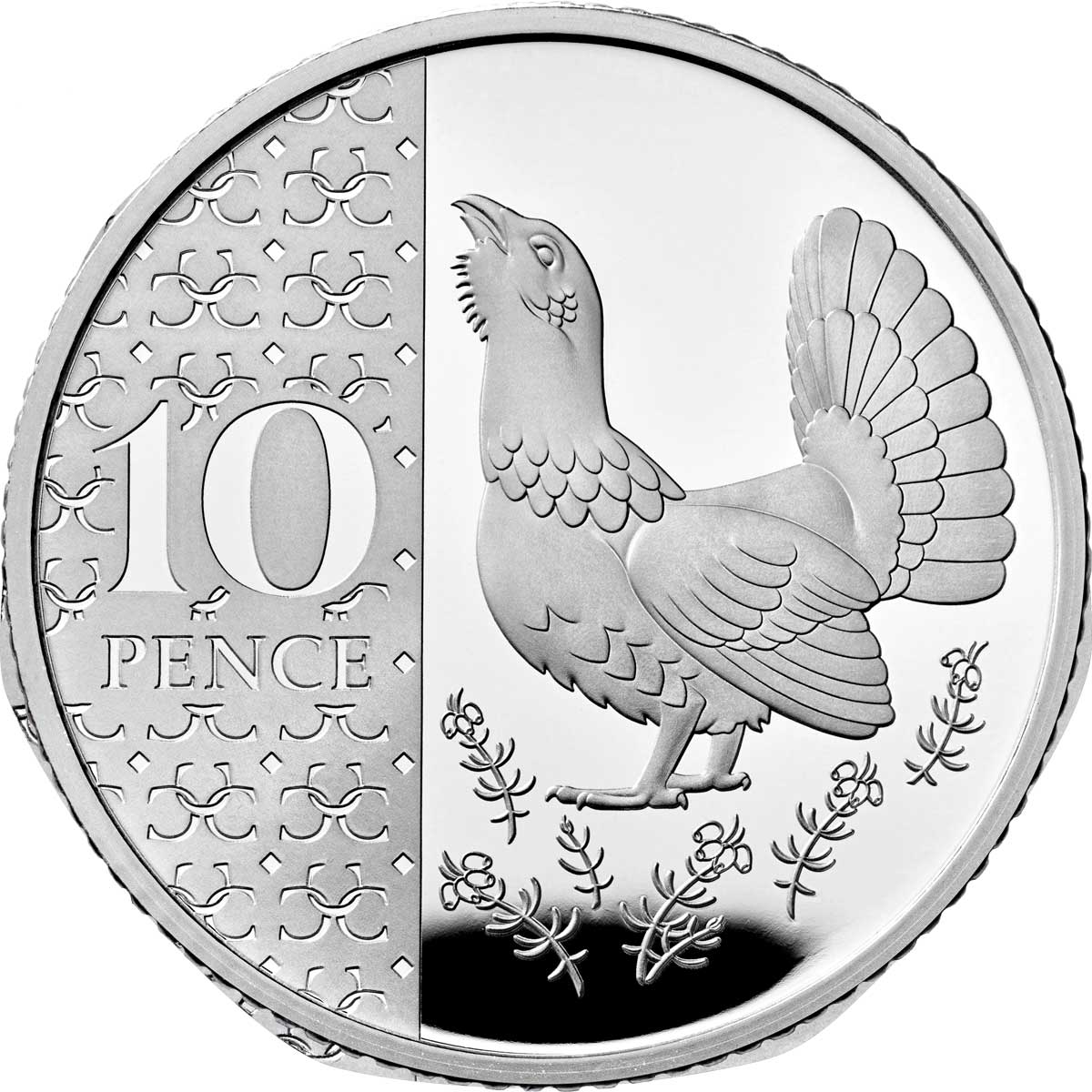King Charles III Definitive Collection of UK circulating currency features nature, a subject close to his heart
British circulating currency, especially since decimalisation, has seen a rise in popularity amongst collectors, with the iconic heptagonal fifty-pence coin attracting particular attention. The mintages on them vary tremendously, but it’s the wide mix of designs that appear to have captured imaginations. It helps that the subject range is so wide, with Britain’s rich history in virtually every field, and tendrils everywhere helping variety,
This year is a special one, with the UK having its first change of monarch since 1952, and the first launch of circulating currency reflects that fundamental shift. King Charles III has always been a keen proponent of nature and the environment, arguably way ahead of his time, and his passion for it shows itself constantly. It’s quite fitting that this debut set of issues taps into that so well, and the Royal Horticultural Society, and Royal Society for the Protection of Birds, aided in their design.
I have to say, we’re really impressed with the quality of designs on these eight coins. There isn’t a weak one amongst them, and the one pence, and one-pound coins are particularly nice. We’d imagine a proof set will be very attractive. You can pick one up right now, as the mint released them for sale just two hours ago, but the regular circulating coins won’t turn up at banks and post offices until early 2024.
NATIONAL FLOWERS
The UK £2 features flora that symbolise the four nations of the country – a rose for England, a daffodil for Wales, a thistle for Scotland and a shamrock for Northern Ireland. Inspired by The King’s inaugural address on 9 September 2022 and personally approved by His Majesty, the edge inscription reads ‘IN SERVITIO OMNIUM’, which is Latin for ‘In the service of all’.
BEES
The £1 features a depiction of a bee, symbolising the 250+ species which exist in Britain. Bumblebees, mason bees, mining bees and more – these industrious insects play a pivotal role in pollinating many plants and fruiting trees. They can be found all over the country, commonly in gardens, parks, woods, orchards and meadows, and now on the reverse of the UK £1 coin.
ATLANTIC SALMON
A priority conservation species, the Atlantic salmon features on the UK 50p coin. Wild populations are low due to factors like river pollution, habitat loss, river heating and overfishing. They can be found in clean rivers in Scotland and Wales, along with those in North and South West England.
PUFFIN
The unmistakable seabird features on the reverse of the new definitive UK 20p coin. Striking in their appearance, around 10% of the worldwide puffin population breeds along the UK’s coastline. Classed as a Red List species, the population is predicted to severely regress over the next 30 years but there is hope for the puffin if action is taken to protect their nesting sites and food supply.
THE NUMISMATIC SETS
As you would expect of the Royal Mint, collectors sets of these designs will be offered, and there will be four of them making up the initial offering. Chief amongst them will be a gold proof collection, costing £7,725, and limited to a mintage of just 125. All are struck in 22kt (0.9167) gold, with the two biggest being a mix of red and yellow to replicate that bimetallic look. The £370 silver set (0.925) has a mintage of 3,000.
Base metal variants are there for those of us with shallower pockets, or simply just prefer them. A proof finish set has a mintage of 12,023 units, and will cost £99.50, and there’s a brilliant uncirculated version for just £33.00 that has unlimited availability. The latter is also offered with an accompanying set of 1948 coins, representing the year the king was born. That costs £85.00, and is limited to 2,023 sets.
OAK TREE LEAF
The UK 5p coin displays a leaf taken from an oak tree, signifying its role as a rich habitat for biodiversity in British woodland areas. Supporting more life than any other native tree species in the UK, the oak tree has a long association with monarchies, as ancient kings of Britain and Roman Emperors wore crowns of oak leaves.
RED SQUIRREL
The red squirrel’s distinctive colouring blends perfectly with the reddish hue of the UK 2p coin. With 75% of its UK population found in areas of Scotland, the red squirrel can also be found in Northern Ireland, the Isle of Wight, Brownsea Island, Anglesey, Cumbria, Kielder Forest and Formby. Conservation efforts are currently in place to manage the population in the UK to avoid it becoming extinct.
HAZEL DORMOUSE
Small in stature, the hazel dormouse is a fitting presence on the UK 1p coin. Mostly found in southern England in the UK, the hazel dormouse population in the UK has halved since 2007. However, more than 1,000 have been reintroduced in 13 different counties across the country to reverse the hazel dormouse’s ongoing decline.










Leave A Comment